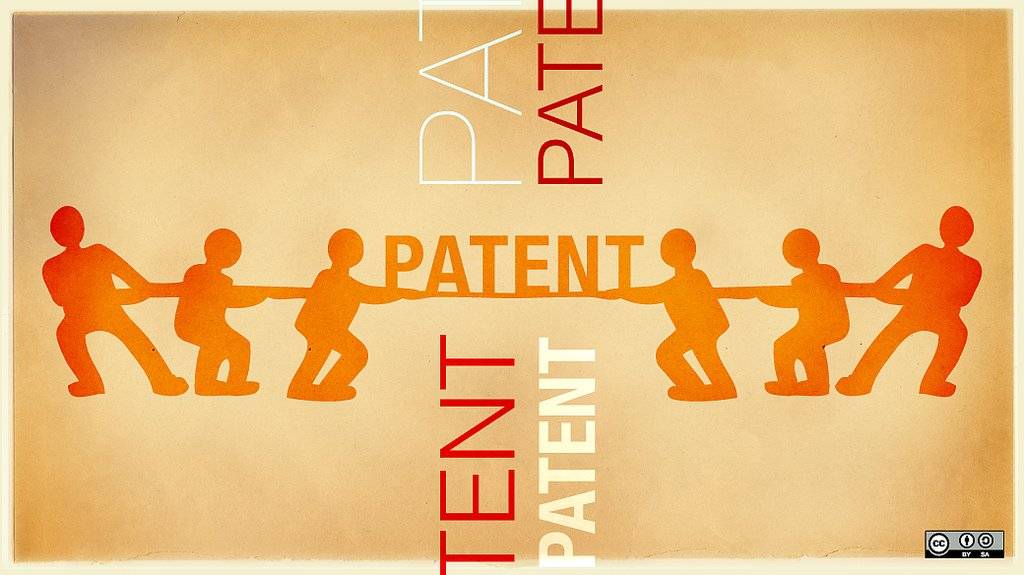First Publication Date: 14th December 2009
In a recent case involving Chemtura Corporation, Union of India and Others, the Delhi Court interpreted the scope of government use exemption under Section 47 of the Patents Act. The patent holder in the case, Chemtura, filed a patent infringement suit against Union of India and others with respect to an invention concerning side bearing pad assembly and sought a temporary injunction during the pendency of the suit. The infringement action was filed against Government of India and a consortium that supplied the product falling within the scope of the Chemtura’s patent under a railway contract. The consortium got the contract through a public tender for supply of products based on drawings provided by the Ministry of Railways.
While making a decision on the grant of temporary injunction, the Delhi High Court observed that the consortium would not be liable for patent infringement because the manufacture and supply of the patented invention by the consortium would amount to government use under Section 47 of the Patents Act. Relevant portion of Section 47 of the Patents Act reads as follows:
“The grant of a patent under this act shall be subject to the condition that
(1) any machine, apparatus or other article in respect of which the patent is granted or any article made by using a process in respect of which the patent is granted, may be imported or made by or on behalf of the Government for the purpose merely of its own use;
2. any process in respect of which the patent is granted may be used by or on behalf of the Government for the purpose merely of its own use … “
According to the section, any manufacture, Import or use by or on behalf of the government for its own purposes would not amount to patent infringement. This is referred to as “Government Use” exemption. As the consortium supplied the patented products to the Ministry of Railways after manufacturing the products based on the drawings provided by the Ministry, the Court stated that the manufacture was made on behalf of the Government for its own use. The Court disagreed with the Bombay High Court decision in Garware Wall Ropes case, which held that the ‘Government Use’ exemption under Section 47 would be limited to use for the purposes of the Government by any department of the Government and use by servants and agents of the Government in performance of their duties/in discharge of their duties assigned to them irrespective of who is benefited by such use. It stated that manufacture or use by any person on behalf of the government would be covered under the exemption.
The interpretation of the Court with respect to the scope of ‘Government Use’ exemption under Section 47 is well-founded and appropriate. As pointed out by the Court, a literal reading of the section indicates that manufacture or use of a patented invention both “by and on behalf” of the Government is exempt from patent infringement. Therefore, restriction of the exemption to use by the Government department or its officers as done by the Bombay High Court would not be in consonance with the language of the section.
The court in the case rightly stated that the consortium would not be liable because the products were supplied based on requirements of the Ministry. In the case, the Ministry decided what product it wants and asked the manufacturer to make the product in accordance with its specific requirements. As the manufacturer was not given any autonomy with respect to the product, manufacturer was acting on behalf of the Government under its directions. Therefore, the manufacturer fell within the scope of the exemption. If the manufacturer was given the autonomy to make the product and the Ministry had only given broad requirements, its manufacture of a patented product would not fall within the scope of the exemption. In order to determine whether manufacture of a patented product is covered under the ‘Government Use’ exemption’, the extent of control of the Government on the design or elements of the product to be supplied to it is an important factor to be considered.



